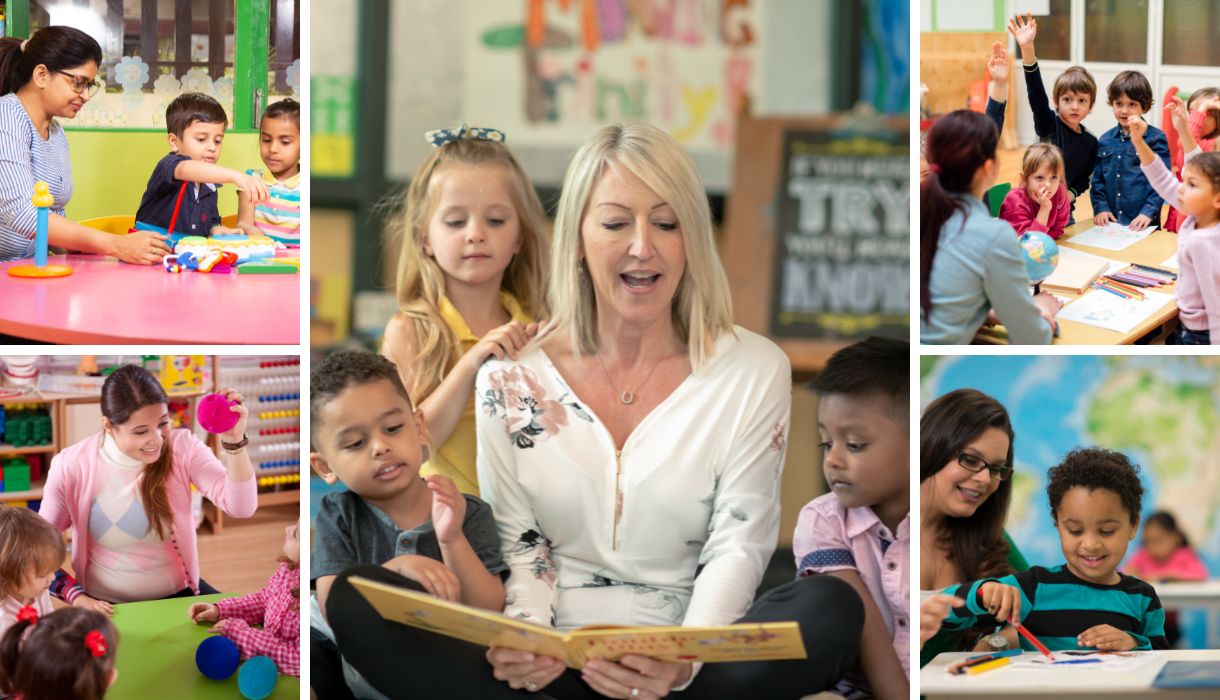About Class ProximaClass Proxima is machine learning software that automatically captures and analyzes classroom data using video. Our models use machine learning to compile clips and data reports. The result is the most complete view of the quality of care, nurturing, safety, and education of children under 6.
|
Copyright 2024. Class Proxima. All Rights Reserved.


